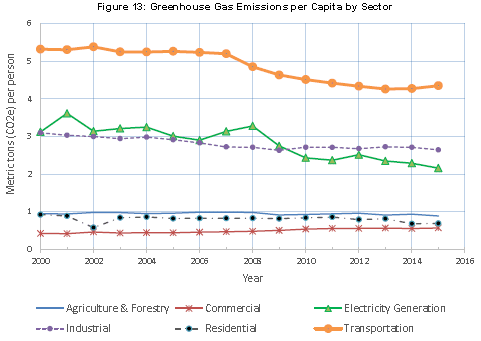In addition to enhancing our energy security, the clean transportation industry is also critical to our economic growth and global competitiveness.
- There are 765,000 plug-in electric vehicles on the road. The global market for lithium ion batteries will grow from $3.2 billion in 2013 to $24.1 billion in 2023 and annual revenue from the infrastructure charging sector is projected to grow to $5.8 billion by 2022.
- The ethanol industry contributes about $42 billion a year to our nation’s economy, including nearly 340,000 American jobs.
- Biodiesel has grown into a 2-billion-gallon per year industry with 125 plants across the country supporting more than 64,000 jobs and providing $11.42 billion in economic impact.
- There are about 200,000 propane-powered vehicles on America’s roads, and a fleet of more than 12,000 propane-powered school buses is used to transport more than 700,000 children to school each day. The propane industry contributed $46.2 billion to U.S. gross domestic product and employed 53,964 domestic workers in 2015.
- The U.S. is the number one producer of natural gas in the world, and American businesses and consumers continue to embrace natural gas vehicles. Approximately 155,000 natural gas vehicles operate on America’s roads today. These vehicles are supported by 1,800 fueling stations that are connected by 1.5 million miles of natural gas pipelines.
by Mark Bentley, Executive Director of the Alabama Clean Fuels Coalition.


